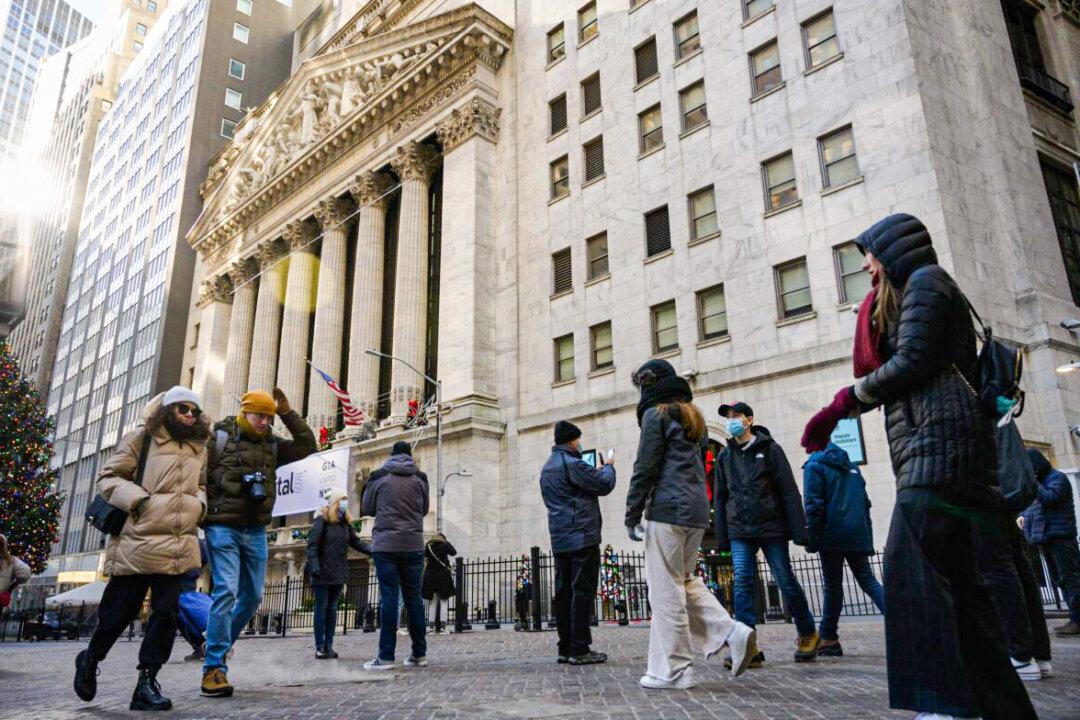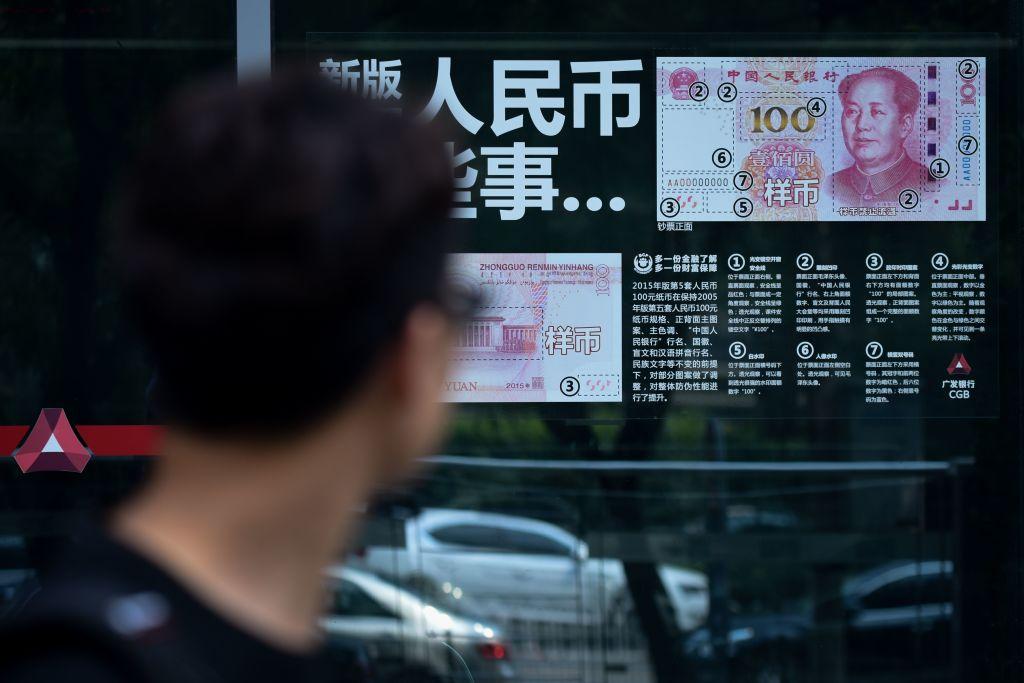Commentary
Watching a segment on the business network CNBC the week before Easter, I was struck by what the late baseball great Yogi Berra called “déjà vu all over again.” For what that network’s anchor Bob Pisani was describing was a crisis of confidence—but then an epiphany in my own case—yours truly experienced over 40 years ago as I began my own career.





